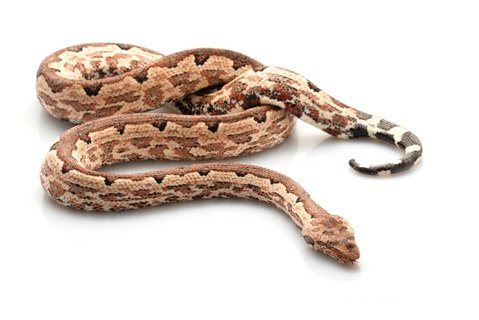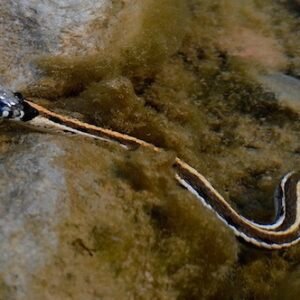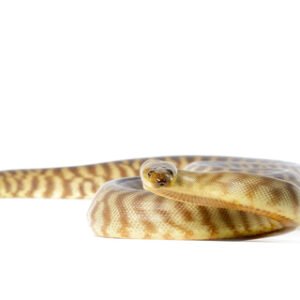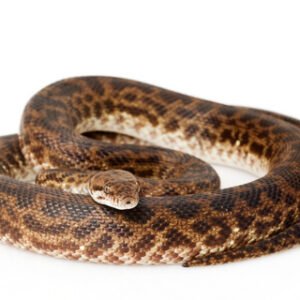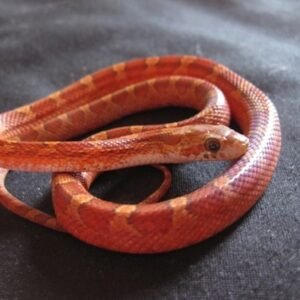Physical Characteristics and Behavior
The Solomon Island Ground Boa (Candoia paulsoni) exhibits a range of distinctive physical traits that set it apart from other boa species. Typically, this snake can grow to lengths of approximately 1.5 to 3.5 feet, with females generally being larger than males. Its body is robust and cylindrical, aiding in its movements through the dense foliage of its habitat. The coloration of the Solomon Island Ground Boa is particularly remarkable; it features a combination of earthy browns, ochres, and subtle grays, allowing it to blend seamlessly into its surroundings. The irregular patterns on its scales serve as camouflage, providing protection against potential predators and enhancing its success as a stealthy ambush predator. Additionally, the species exhibits a unique color phase, including variants with striking patterns, which contribute to its allure among herpetologists and reptile enthusiasts.
In terms of behavior, the Solomon Island Ground Boa is primarily nocturnal, showcasing increased activity levels during the night. This behavior aligns well with its hunting strategies, as it primarily preys on small mammals and birds. The snake employs a sit-and-wait approach, relying on its camouflage to remain hidden until an unsuspecting prey approaches. Once the opportunity arises, it strikes with precision, using its muscular body to constrict the prey, ensuring efficient feeding. Social interactions among these snakes are typically limited, and they are known to be solitary creatures except during mating seasons, where they exhibit typical courtship behaviors. In times of conflict, such as competition for territory, the Solomon Island Ground Boa may display defensive postures, including hissing and flattening its body to appear larger. These adaptations are crucial for survival, as they minimize encounters with larger predators while allowing the species to thrive in its natural habitat.
Habitat and Conservation Status
The Solomon Island Ground Boa (Candoia paulsoni) is primarily found in tropical rainforest environments, which provide the humid conditions and shelter necessary for its survival. These snakes are adept at navigating their arboreal habitats, often seen resting amongst the branches or within dense foliage. In addition to tropical forests, they can also inhabit grasslands and shrublands, demonstrating a degree of adaptability. However, these habitats are increasingly threatened by various human activities, including deforestation for agriculture and urban development. Such destruction not only diminishes the available habitat for these reptiles but also disrupts the delicate ecological balance necessary for their survival.
The implications of habitat loss are profound for the Solomon Island Ground Boa. As forests are cleared, the fragmentation of their living spaces affects their ability to find food, mate, and evade predators. Furthermore, invasive species have been introduced to the region, often competing for resources or directly preying upon native wildlife, including snakes. The combination of habitat destruction and competitive pressures from non-native species significantly hampers the survival prospects of this unique boa.
Currently, the conservation status of the Solomon Island Ground Boa is classified as Least Concern, according to the International Union for Conservation of Nature (IUCN). However, this classification may not fully reflect the local threats they face. Concerted conservation efforts are essential to monitor populations and protect their habitats. Engaging local communities in conservation initiatives, coupled with habitat restoration projects, can play a pivotal role in safeguarding the future of this species. By raising awareness about the ecological importance of the Solomon Island Ground Boa and the potential consequences of habitat loss, effective strategies can be devised to ensure their continued survival in a rapidly changing environment.

